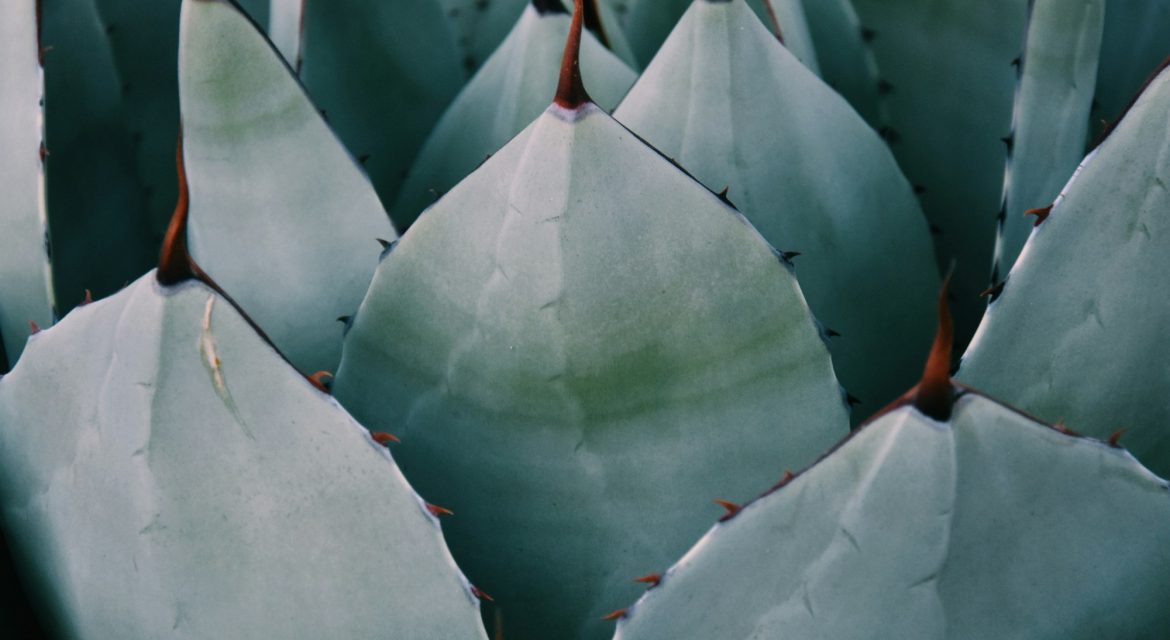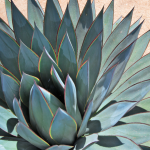What Makes Agaves Stand Out Among Plants?
Native to the arid regions of North America and South America, these succulents are popular in landscapes and gardens due to their unique appearance and low maintenance requirements. In this blog post, we will discuss how to plant agaves and care for them to ensure they thrive.
Planting Agaves
Agaves are best planted in well-draining soil, such as sandy or rocky soil. If your soil is heavy or clay-like, you can improve drainage by adding sand, gravel, or perlite to the soil. Agaves also prefer full sun but can tolerate some shade. When planting, make sure to choose a location that receives at least six hours of direct sunlight per day.
To plant an agave, start by digging a hole that is slightly larger than the plant’s root ball. Gently loosen the soil around the roots and remove any dead or damaged roots. Place the plant in the hole and backfill with soil, making sure to pack the soil firmly around the roots. Water the plant thoroughly, then add a layer of mulch around the base of the plant to help retain moisture.
Agave Care
Watering: Agaves are drought-tolerant plants that require little water. Water your agave deeply once every two to three weeks during the growing season (spring and summer), and reduce watering to once a month during the dormant season (fall and winter). Avoid overwatering, as this can lead to root rot and other issues.
Fertilizing: Agaves do not require much fertilization, but you can apply a slow-release, balanced fertilizer in the spring to promote healthy growth. Be sure to follow the package instructions, as over-fertilization can damage the plant.
Pruning: Agaves do not require regular pruning, but you can remove any dead or damaged leaves as needed to keep the plant looking neat and healthy. Be careful when pruning, as the leaves are sharp and can cause injury.
Pests and Diseases: Agaves are generally resistant to pests and diseases, but they can be susceptible to root rot if overwatered. Watch for signs of rot, such as soft, mushy leaves or a foul smell, and reduce watering if necessary. Additionally, agaves can attract mealybugs and spider mites. If you notice these pests, use a gentle insecticidal soap to treat the affected plant.
In conclusion, planting and caring for agaves is a straightforward process that requires little effort once the plant is established. By planting your agave in well-draining soil, providing it with plenty of sunlight, and following the watering and fertilization guidelines, you can enjoy this stunning plant in your landscape or garden for years to come.





